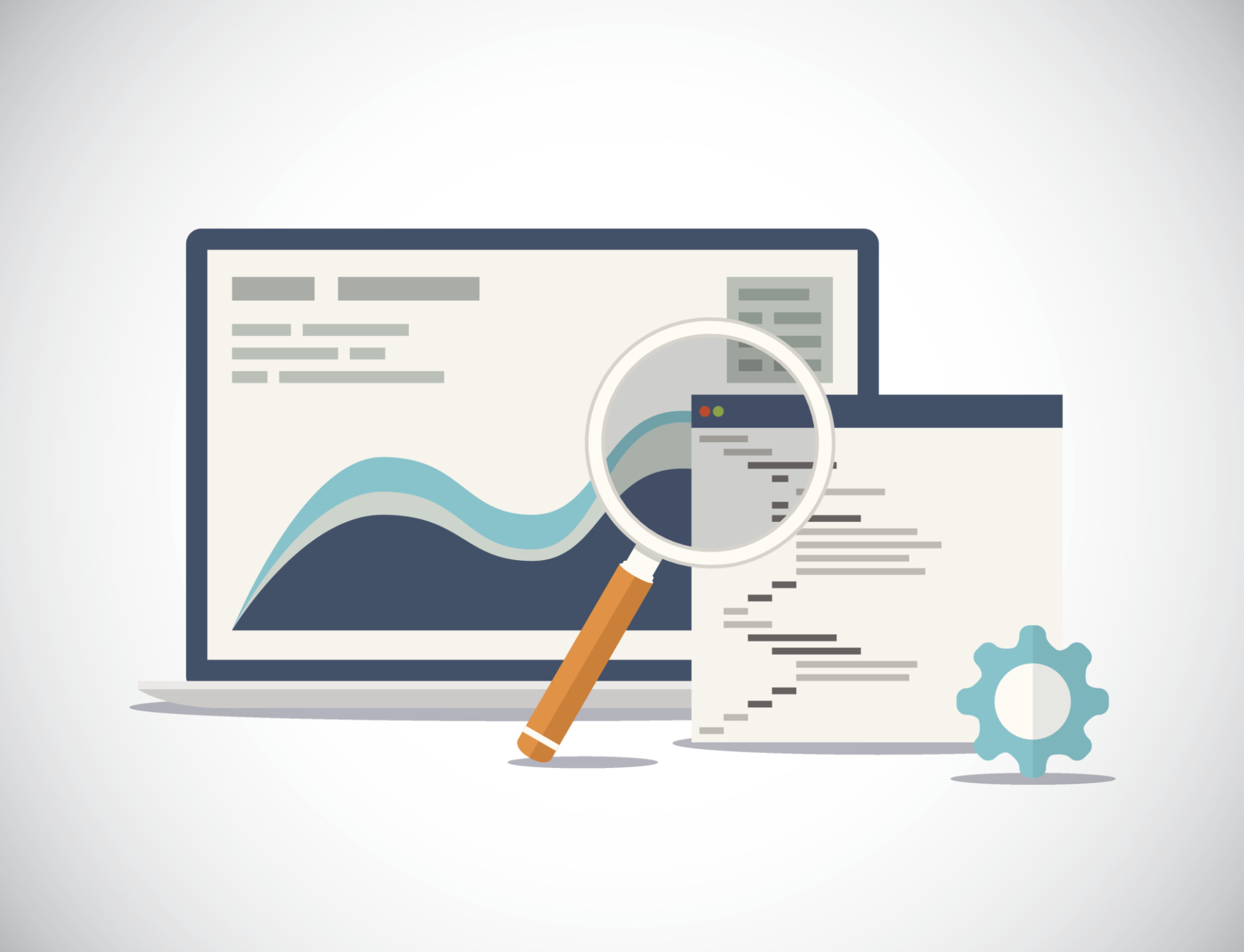Page SEO Analysis is the process of assessing a webpage for its ability to rank on SERPs. This includes factors such as keyword density, title tags, meta descriptions, header tags, and image alt text. By analyzing these elements, you can determine whether a page is optimised for search engines and improve its ranking potential.
On page SEO analysis is the process of assessing the potential ranking factors on a given web page. This can be done manually, through the use of various analytical tools, or by using a software program that specializes in on page analysis. The goal of on page SEO analysis is to identify any areas where a website can improve its ranking within the search engine results pages (SERPs).
There are many different elements that can impact a website’s ranking, and on page SEO analysis looks at all of these factors to see where improvements can be made. Some of the things that are assessed during an on page SEO analysis include:
-The title tag: This is one of the most important elements for on page optimization, as it tells the search engine what your web page is about.
Make sure that your title tag is clear, concise, and includes relevant keywords.
-The meta tags: Meta tags provide additional information about your web page, and can help to improve your click-through rate from the SERPs. Again, make sure that these tags are keyword-rich and informative.
-The header tags: These tags help to break up your content into manageable sections, making it easier for users to scan and digest. Use H1 tags for titles and H2 tags for subheadings.
-The body content: This is where you really get to sell your products or services!
Make sure that your content is well written, informative, and includes targeted keywords throughout. Remember to keep things readable though – no one likes walls of text!
-The images: Images are worth a thousand words… so make sure they’re saying what you want them to say!
Include ALT text with every image so that search engines can index them properly, and focus on using images that are relevant to your topic.
-The links: Links are important for two reasons – firstly, they help search engines understand what your web pages are about (through anchor text), and secondly, they provide readers with an easy way to navigate between related pages on your site. Make sure both internal and external links are working properly and use keyword rich anchor text wherever possible.
This is just a brief overview of some of the things that should be included in an effective on Page Seo Analysis .
How to Use On-Page SEO Checker for On-Page SEO & Competitive Research
What is an On-Page Seo?
On-page SEO is the process of optimizing a website for Google search with the goal of earning higher web traffic levels and improving the visibility of the site. The practice involves making changes to both the content and structure of a website to make it more attractive to Google’s algorithms.
There are many different factors that go into on-page SEO, but some of the most important include keyword research, title tags, meta descriptions, header tags, and image alt text.
By optimizing these elements, you can send signals to Google that your site is relevant and trustworthy – two key ranking factors.
It’s important to note that on-page SEO is just one piece of the puzzle when it comes to ranking highly in search engine results pages (SERPs). In order for your website to rank well, you’ll also need to have high-quality backlinks from other websites.
But if you want to get started with SEO, on-page optimization is a great place to start.
What is On-Page And of Page Seo?
In order to improve your website’s SEO, you need to focus on both on-page and off-page optimization. On-page SEO refers to all the measures you can take within your own website to improve its position in the search engine results pages (SERPs), while off-page SEO focuses on external factors that can impact your site’s ranking.
Both on-page and off-page SEO are important for getting your website to rank higher in the SERPs.
However, if you want to really dominate the competition, you need to focus on both types of optimization simultaneously. Here’s a closer look at each type of SEO:
On-Page SEO:
On-page optimization is all about making sure your website is optimized for both users and search engines. When it comes to user experience, your goal should be to make sure your site is easy to navigate, informative, and relevant to the user’s needs. As far as search engines are concerned, you need to make sure your site is properly structured and includes all the right elements that will help the crawlers index your pages correctly.
Some of the most important aspects of on-page SEO include:
• Title tags – The title tag is one of the most important elements of on-page optimization as it tells search engines what each page on your site is about. Make sure each title tag is unique and accurately describes the content of its respective page.
• Meta descriptions – The meta description appears beneath the title tag in SERPs and gives searchers more information about what they can expect from clicking through to your website. Like title tags, meta descriptions should be unique and give users a good idea of what they will find when they visit your site.
• Headings – Headings help break up content into smaller chunks which makes it easier for users (and search engine crawlers)to digest.
Heading tags also give extra weighting to certain keywords which can help improve clickthrough rates as well as organic rankings.
• Images – Whenever possible, include images along with your text content as this can help break up large blocks of text and also give extra emphasis to certain points or keywords (through image alt text).
Off Page SEO: Off page SEO consists mainly of link building but also encompasses things like social media engagement and brand mentions/citations across the web.
What is On-Page Seo Checklist?
Assuming you would like an SEO checklist for on page optimization:
1. Title Tags- perhaps the most important on page factor, your title tags should include your primary keyword and be no longer than 60 characters;
2. Meta Descriptions- these are the short descriptions that appear under your title in the SERPs; aim for them to be around 155 characters and to also include your primary keyword;
3. Heading Tags (H1, H2, H3)- use keywords in your headings, but don’t stuff them;
4. Image Optimization- make sure to give each image a relevant name (include a keyword) and fill out the alternate text field with a brief, keyword rich description of the image;
5. Internal Linking- link to other pages on your website using keywords as anchor text; this helps users navigate your site while also giving search engines an indication of what each page is about;
6. External Linking- linking out to high quality websites within your niche tells search engines that you’re an authority on your topic; just be sure not to overdo it or link to low quality sites as this can hurt your ranking;
7. Page Load Speed- nobody likes a slow website! Make sure yours loads quickly by doing things like compressing images and minimizing code before uploading them to your server.

Credit: www.brickmarketing.com
What is On-Page Seo And Off-Page Seo
SEO is the practice of optimizing a website to rank higher in search engine results. There are two types of SEO: on-page SEO and off-page SEO.
On-page SEO is the practice of optimizing a website’s individual web pages to rank higher in search engine results.
This includes optimizing the page title, headings, meta tags, and other elements on the page.
Off-page SEO is the practice of promoting a website through backlinks and social media engagement. This helps to build authority and trust for the website, which can lead to higher rankings in search engine results.
On-Page Seo Checklist
On-Page SEO Checklist
Are you ready to take your on-page SEO to the next level? Then use this checklist to make sure you’re covering all of your bases.
1. Page Titles
Make sure each page on your site has a unique, keyword-rich title tag. This is one of the most important elements for on-page optimization, so don’t skimp here.
2. Meta Descriptions
In addition to unique page titles, each page should also have a meta description. This is what appears in the search engine results pages (SERPs), so make it count!
Use keywords judiciously and include a call to action when appropriate.
3. Headings and Subheadings
Use proper heading tags (H1 for titles, H2 for subtitles) to break up your content and make it easy to scan.
Again, be sure to include relevant keywords in your headings.
4. Body Content
Your body content is where you really get a chance to stuff in those keywords and help search engines understand what your page is about.
But beware: too many keywords will result in keyword stuffing penalties from Google. So use them sparingly and focus on creating informative, well-written content that will engage readers while still helping your SEO efforts.
5. Images and Alt Texts Don’t forget about optimizing images!
What is On-Page Seo in Digital Marketing
Digital marketing is the process of promoting a product or service using digital technologies, mainly on the internet, but also including mobile phones, display advertising,and any other digital medium.
On-page SEO is the practice of optimizing a website to rank higher in search engine results and drive organic traffic. The goal of on-page SEO is to improve the visibility and click-through rate (CTR) of your website so that it appears higher in the search engine results pages (SERPs).
There are a number of factors that contribute to your ranking in the SERPs, and on-page SEO is one of them. On-page SEO includes optimizing your title tags, meta descriptions, header tags, images, and content for target keywords.
One important factor in on-page optimization is keyword research.
Keyword research helps you understand what people are searching for when they use Google and other search engines. Once you know what keywords to target, you can incorporate them into your website’s content so that your site appears higher in the SERPs when people search for those keywords.
In addition to keyword research, there are a number of other factors that contribute to on-page optimization.
These include things like ensuring your website’s code is clean and free of errors, optimizing your images for better visibility in the SERPs , and making sure your website’s navigation is easy for both users and search engine crawlers to understand.
By improving your on-page SEO , you can increase your chances of ranking higher in the SERPs and driving more organic traffic to your website .
Conclusion
On page SEO analysis is the process of assessing the quality and effectiveness of your website’s content and design from a search engine’s perspective. It involves looking at factors like site structure, title tags, meta descriptions, header tags, keyword density, and alt text to see how well your pages are optimized for specific keywords.


